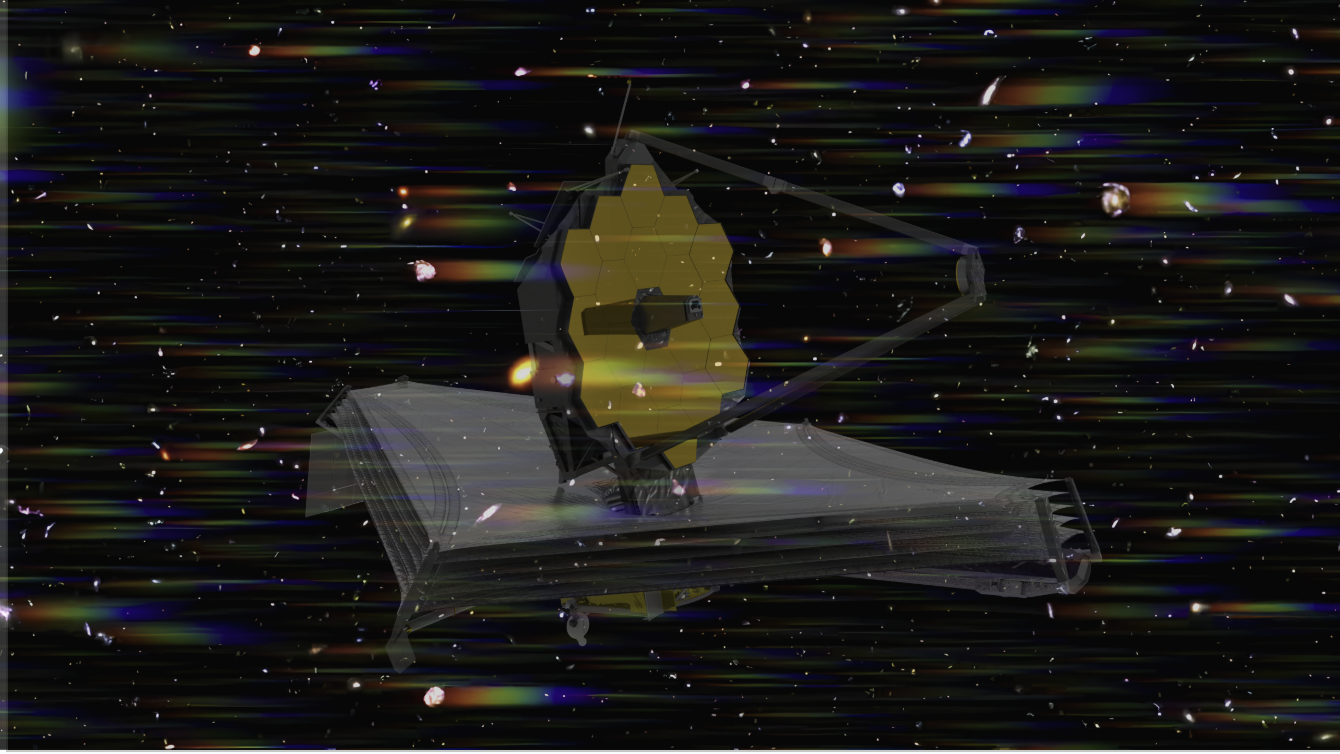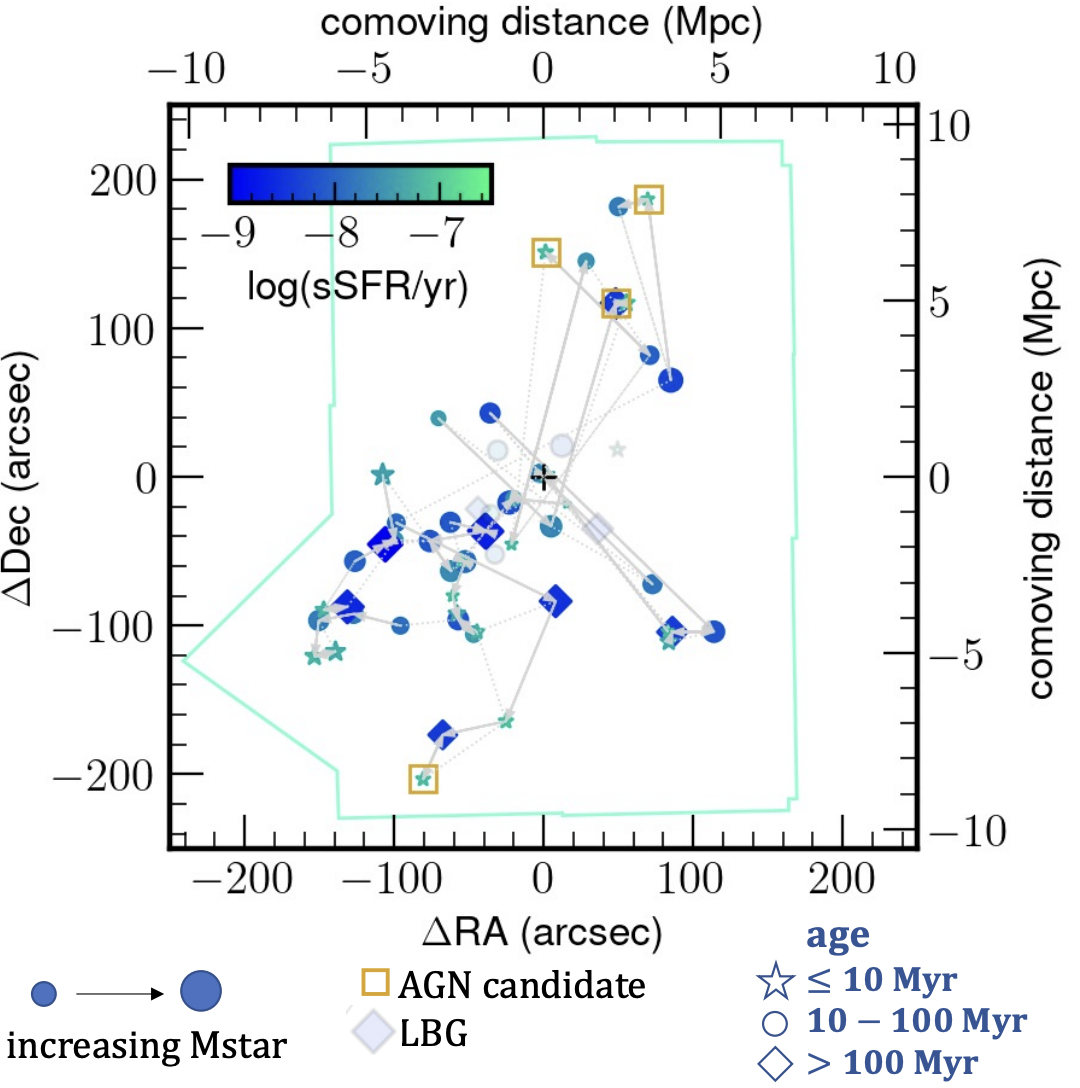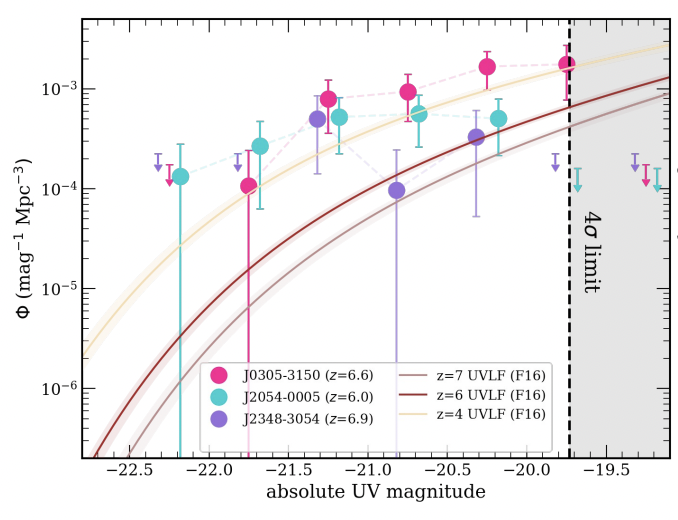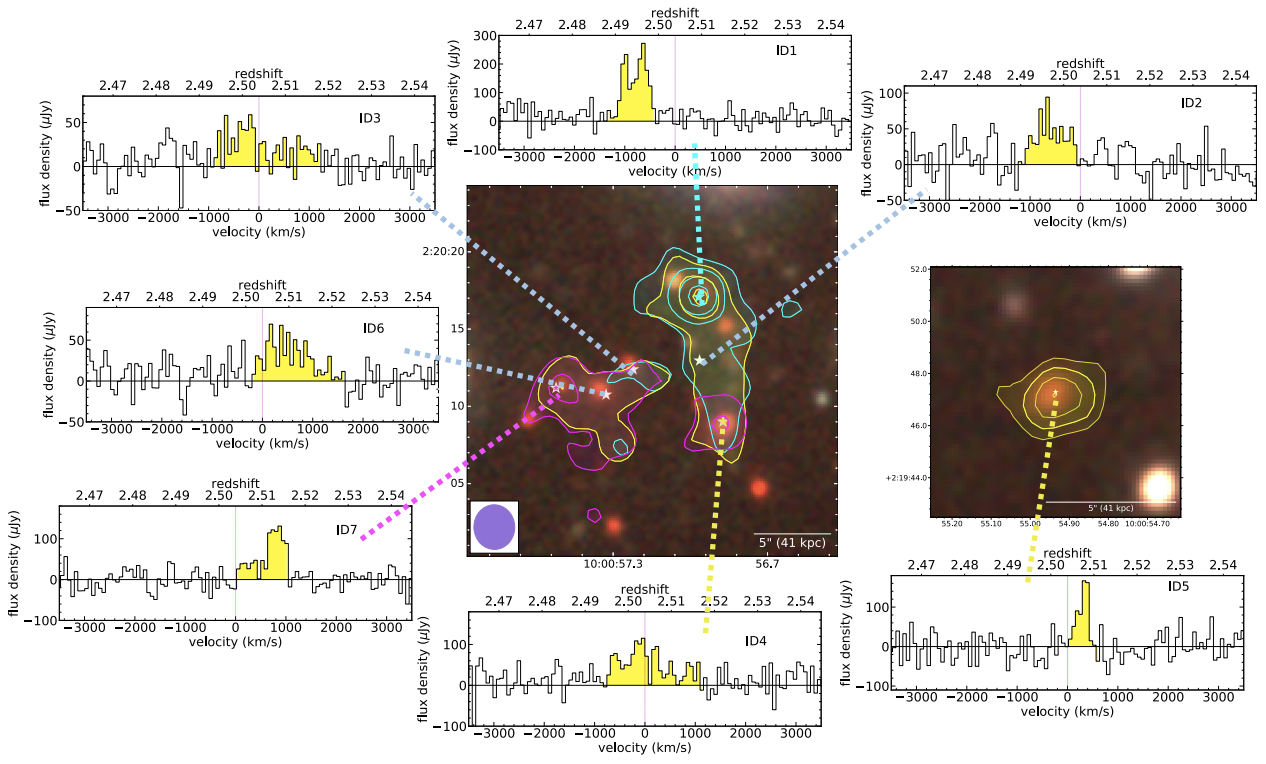
COSMOS-3D
COSMOS-3D is a JWST Cycle 3 Large Program covering 0.33 square degrees with NIRCam/WFSS in F444W. This is complemented by imaging in F115W, F200W, and F356W, adding to COSMOS-Web (F115W, F150W, F277W, F444W). Finally, we acquire 0.32 sq. degrees of parallel MIRI F1000W/F2100W imaging, overlapping with COSMOS-Web's F770W. I am leading the construction of photometry and photometric redshift catalogs for thousands of sources, with a focus on detecting [OIII] emitters at z>7. This will enable science like galaxy-galaxy clustering, the discovery of protoclusters, constraints on the interstellar and stellar properties of EoR galaxies, and mapping of the IGM. Stay tuned!
Learn more



